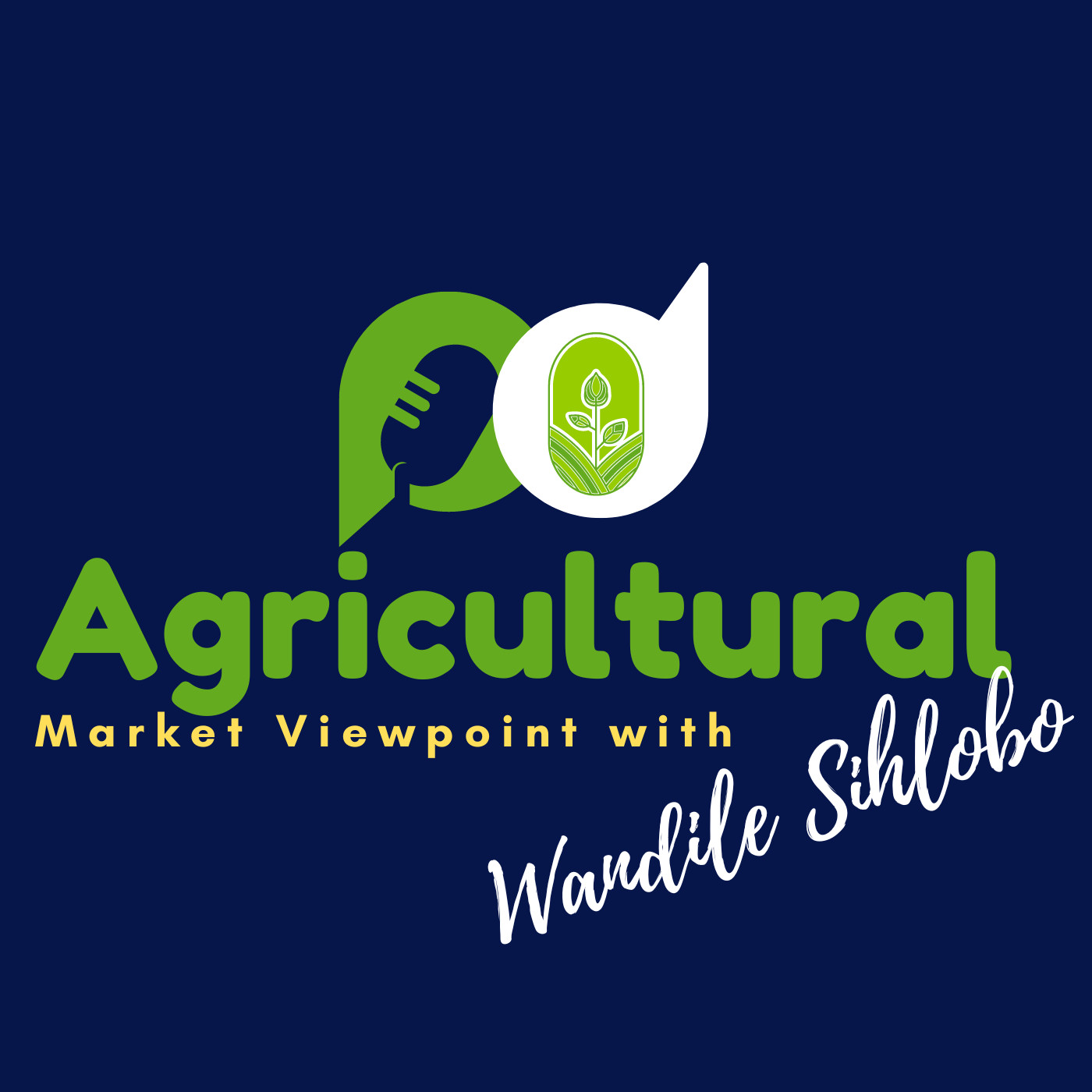SA agricultural exports were robust in Q3, 2023
Description
South Africa's agricultural exports amounted to US$3.9 billion in the third quarter of this year, up by 4% y/y (according to data from Trade Map). This quarter, the products that dominated the export list were citrus, maize, apples and pears, nuts, wine, soybeans, sugar, and fruit juices.
This solid export activity was both a function of improvement in volumes and prices, specifically of fruits. This more than offsets the effects of lower grains and oilseed prices, which have declined notably from their 2022 levels. Overall, South Africa's agricultural exports amounted to US$10,2 billion in the first nine months of the year, up 1% from the same period in 2022.
This export activity was mainly before the intensified challenges at the South African ports. Given that the inefficiency challenges at the ports and in railway lines are not new, the agricultural export's success resulted from continued collaboration between the industry and Transnet to improve the logistics at the ports.
The South African agricultural industry has established forums to continuously engage with Transnet and enhance communication about problems at the ports so that the response could be swift to drive the exports of high-value and perishable products. Still, as evidenced by the worsened logistical efficiency since the start of the fourth quarter of this year, more work and investment are needed to improve the efficiencies.
From a regional perspective, the African continent remained the largest market for South Africa's agricultural exports, accounting for 32% of the exports in the third quarter of 2023. Asia and the Middle East were the second largest regions, with a 31% share. The E.U. was the third largest region, accounting for 19% of the agricultural exports, with the Americas region at 7%. The U.K. is also one of the largest single markets for South Africa's agricultural exports, accounting for 6% of the exports in the third quarter. The remaining 5% was spread to other various regions of the world.
Regarding imports, South Africa's agricultural imports fell by 7% y/y in the third quarter of this year to US$1,8 billion (This is according to data from Trade Map). As with the previous quarters, the products that still dominate the import list are wheat, rice, palm oil, whiskeys, sunflower oil and poultry. Wheat and palm oil were the main drivers of the decline in the value of imports. South Africa's agricultural imports amounted to US$5,3 billion for the first nine months of the year, down by 7% from the same period in 2022.
Positively, South Africa had an agricultural trade surplus of US$2,1 billion in the third quarter of 2023, up 15% y/y.
We discuss more in this week's podcast segment.
My writing on agricultural economic matters is available on my blog: https://wandilesihlobo.com/
Podcast production by: Lwandiso Gwarubana, Richard Humphries, and Sam Mkokeli
More Episodes
While South Africa's agriculture has had a rough start to the year, characterised by El Niño-induced drought, the employment conditions remain encouraging.
The data recently released by Statistics South Africa shows that employment in primary agriculture lifted by 6% year-on-year to 941,000 in...
Published 05/27/24
Published 05/27/24
April marked the end of South Africa's 2023/24 marketing year for maize. This marketing year corresponds with the 2022/23 production season, as the crop harvested mid-year in 2023 was marketed from then through to the end of April 2024. According to data from the Crop Estimates Committee (CEC),...
Published 05/20/24


